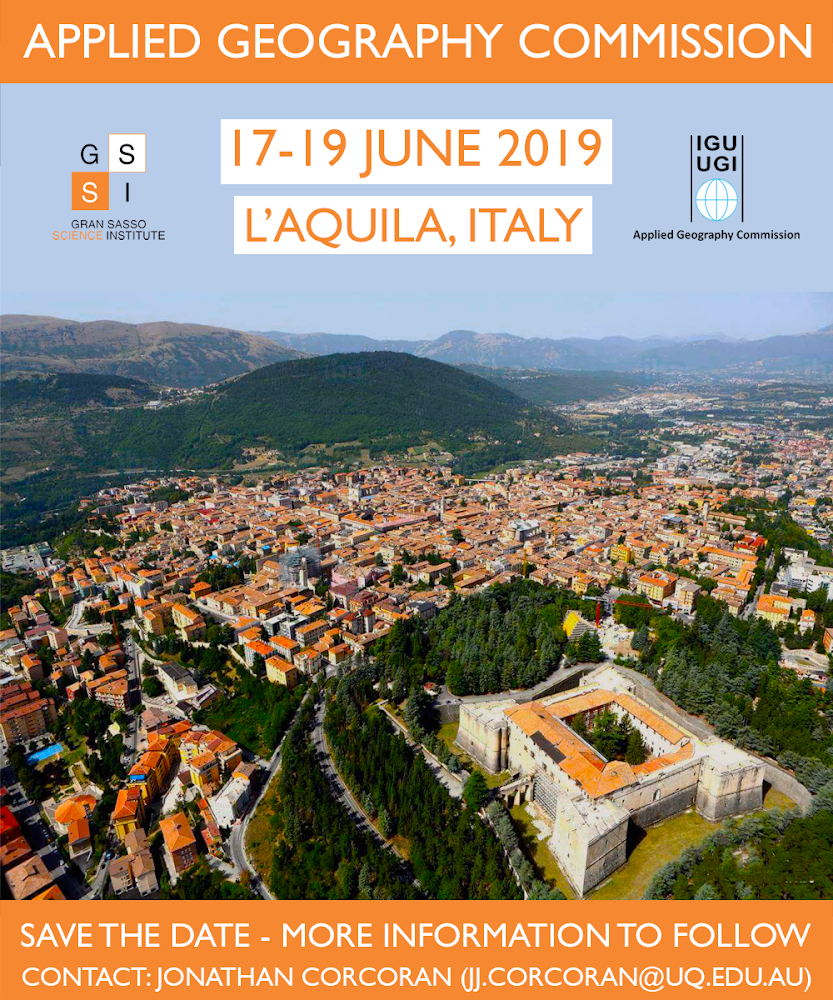
A symposium co-hosted by the Applied Geography Commission and the Commission on Population
Geography of the International Geographical Union (IGU) and the Department of Geography, University of the Aegean.
University of the Aegean, Lesvos, Greece, 19-22 September 2023
Link to programme https://igusymposium.geo.aegean.gr/web/sites/default/files/2023-09/Schedule_IGU_Lesvos_.pdf
Population studies research encapsulates a wide range of topics and issues, from the study of demographic components (migration, births/fertility, deaths/mortality) through different population-related behaviors and interactions. Much of this research is inherently applied: for example, where the findings have important policy relevance or seek to offer solutions to grand societal problems and the contemporary perma-crisis, such as climate change/emergency migration, relocations, and exclusions tied to the cost-of-living challenges and the restructuring of the global economy, displaced populations seeking asylum or refuge. However, there is also space for more theoretical or conceptual contributions that explain these enduring or unfolding population processes and patterns, as well as contributions that make incremental contributions to the understanding, developing existing techniques and methods, and identifying and utilizing novel datasets. This meeting brings together researchers from across the broad domains of population studies, population geography, and applied geography to debate the relevance of applied population studies research: how much a difference does population research really make in driving change and enhancing broader knowledge(s)?
The call for papers is open to anyone with an interest in applied population geography. The organizing committee will select six to eight abstracts for inclusion in a potential special issue of Population, Space and Place which deal with the symposium’s theme of The relevance of Applied Population Geography Research. Please specify within your submission if you would like your paper to be considered for the special issue on this particular topic area.


